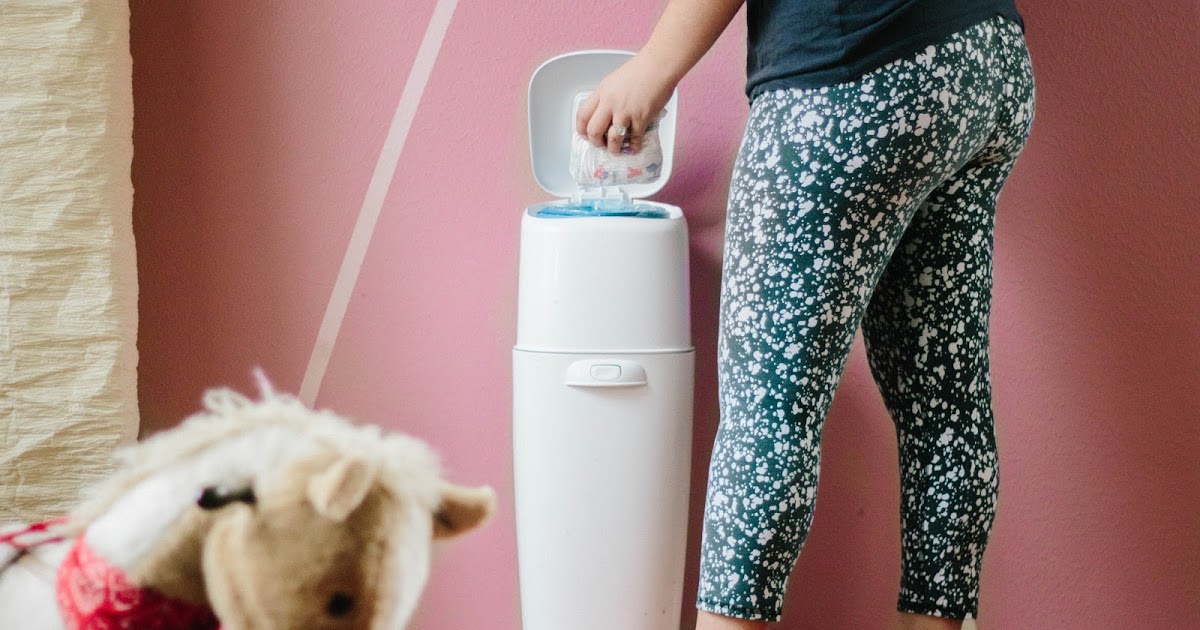How To Prevent A Tapeworm Infection
Tapeworm infections can affect both animals and humans. Humans are infected by eating improperly cooked contaminated meat or by poor hygiene. A tapeworm is composed of three segments: the scolex, neck, and body of segments called proglottids. The scolex attaches to the intestines of its host, and the neck makes proglottids. The proglottids, containing both male and female reproductive organs, produce larvae, and these larvae eventually split off from the rest of the worm. They can leave the body through feces or migrate to other areas of the body like the muscles and organs. When they travel to other parts of the bodies, the larvae form a cyst.
Washing Hands Thoroughly

Washing hands thoroughly before eating, after bowel movements, and after handling raw meat is essential. Often, intestinal infections show no symptoms and tapeworms shed their larvae (eggs) through the feces. Therefore, it is important to always wash hands after bowel movements or before eating. Small, unseen particles of feces left behind on the hands can easily be transported to the mouth during eating, snacking, or coughing. Since the tapeworm larvae also travel to other parts of the body, they can be found in the tissues of the meat humans eat. It is necessary to wash hands well after handling raw meat or fish in the event it is contaminated with tapeworm larvae.
Wash All Produce Properly

When the tapeworm larvae are excreted as feces by their host, they will spend part of their life cycle living in the soil. Since most vegetables and fruits are grown in the soil, it is essential to wash all produce properly. Tapeworms can be introduced to produce in many ways. Fertilizer containing animal manure can harbor the parasite. Field workers, processing plant workers, or anyone working closely with the food can contaminate it with improper hygiene. Water used for cleaning is another source for tapeworm contamination in produce. Making sure to clean all fruits and vegetables, including the bends and cracks, before consuming them will help to decrease the chance of tapeworm infection.
Properly Dispose Of Human And Animal Waste

For individuals living in areas where modern plumbing is not available, disposing of waste properly is critical to avoiding tapeworm infection. In fact, tapeworm infections are endemic in many developing countries. To properly dispose of human and animal waste, it must be transported and buried away from food or water sources.
Always follow procedures in medical facilities such as using gloves and biohazard bags to keep human waste away from individuals or items that can come into contact with food. Living near livestock farms can also raise the risk of infection. Rotating the areas livestock inhabit can help keep tapeworm infections from spreading since these animals both eat and defecate in the same general areas, allowing easy transmission of this infection.
Thoroughly Cook All Meats

When tapeworm larvae migrate from the intestines to another part of the animal, it is called an invasive infection. The larvae form cysts, and these cysts can end up in the meat we buy at the grocery store. Contaminated meat must be cooked well to kill the larvae and avoid infection. Since there is no way to know for certain if meat is contaminated with tapeworm larvae, the general rule of thumb is to thoroughly cook all meats to an internal temperature of 160 degrees Fahrenheit. This will kill any tapeworm larvae in the tissues of the meat and protect individuals from ingesting the live parasitic eggs.
Treat Animals With A Tapeworm Immediately

As mentioned before, fleas eat tapeworm larvae. Should a dog, cat, or other pet come into contact with fleas while grooming, they can easily ingest them and become infected with a tapeworm. Preventative measures can be taken to keep dogs and cats from getting fleas, which reduces their chances of eating them. Dogs and cats can also pick up the tapeworm larvae from feces or soil. Dogs or cats that hunt and eat their prey can contract a tapeworm infection if the prey was infected.
Tapeworm larvae look like small grains of rice and can be seen moving in animal feces or near their anus. Other signs a pet might be infected include weight loss, vomiting, constant hunger, and scratching the anus. It is important to seek veterinary help and treat any animals with a tapeworm immediately to prevent further spreading of the infection.
